Are Rear Bar Replacements Worth It?
If you look at a 4WD in Australia, most have a bullbar on the front to protect their pride and joy. But when you check out its rear, you notice the flimsy, plastic bumper is still sitting there, often reducing departure angles and clearance. This is very apparent on the Ford Ranger and most wagons, and if you look closely, I guarantee you’ll find the scars to prove what little protection the rear bumper offers.
This is where a rear replacement bar comes in handy, protecting the back end of your 4WD and improving the departure angle. Some rear bars also come with jacking and recovery points and a place to mount accessories.
WHY DO I NEED TO REPLACE MY REAR BUMPER?
There are several reasons, other than added protection, why adding an aftermarket rear bar is necessary with some listed below:
- Installing a roof rack is not an option and you have no way of safely carrying jerry cans for fuel or water.
- You have a roof rack that normally carries your spare fuel and water but then decide to install a rooftop tent.
- Your rear barn door with the spare wheel attached sags over time due to the weight of the rim and tyre.
- You increase the size of your rim, tyre or both so it no longer fits on the barn door.
- You install a long-range fuel tank or water tank where the spare wheel usually lives.
- Your travels take you to remote places, so a second spare tyre is required.
ADDED PROTECTION
I’ve forgotten the number of times the rear bumper on my 80 Series Cruiser or Prado smashed into a rock or big rut when 4WDing in the Vic High Country or the Pyrenees, and being plastic, the indentations and scrapes were impossible to fix. Even with a two-inch lift, this would happen because the factory bumpers hang so low. Adding the MCC rear bar with a dual wheel carrier to my Prado has added protection to my rear end and quarter panels because the removal of the plastic bumper increased the departure angle and when I do thump onto something, the big lump of steel easily accepts the brunt of the force leaving my Prado unscathed.
ACCESSORISING YOUR REAR BAR
Adding a rear step tow bar is more for panel protection, improved departure angle and an integrated tow hitch, that doesn’t include the ability to house carriers for spare wheels or jerry cans. Some rear steps allow you to add rated recovery points, integrated trailer sockets and Anderson plug mounts, high-lift jack points and reversing sensors.
The bulkier rear bars are designed to fit dual-wheel carriers, a single wheel carrier or a single wheel carrier and a single/double jerry can holder. They can also include an integrated tow hitch, provision for reversing sensors and high lift jacking points. Some brands offer adapters so you can also mount lights, antennas, high lift jacks, recovery tracks and shovels. Being able to remove the carriers when not needed is also a benefit as it means you don’t need to carry excess weight when not overlanding.
BRANDS AND PRICES
There are several different companies in Australia that supply rear bars, with some manufactured overseas and most having something to suit your 4WD. You should find out as much as you can about the rear bar you’re interested in, especially making sure that the welds look good, the protection offered is suitable and there is a decent warranty and after-sales service available. Some of the leading suppliers are Kaymar, ARB, TJM, Outback Accessories, Ironman 4x4, Opposite Lock, MCC, Uneek 4x4, OCAM Industries, Raslarr Engineering, Rival and there are also some custom fabricators that’ll manufacture a rear bar for you too.
Pricing for an aftermarket rear bar ranges from $800 to $4500 depending on the type of bar, where it is manufactured and what additions are added. I paid just over $2000 fitted for my MCC dual wheel carrier back in 2018 and I’ve been happy with my choice. The bearings on one of the arms seized recently and I was able to purchase a replacement kit for just over $60 delivered.
ARE THERE ANY DISADVANTAGES?
We’ve talked about all the good things about adding an aftermarket rear bar, now it’s time to mention some of the disadvantages:
- Added weight, especially behind the rear axle. I notice this most climbing the dunes on the Madigan Line, with the terrain causing both of my rear wheels to leave the ground as I bounced up the slope.
- Accessing the rear of your rig can be impeded especially if you have wheel carriers. It can get frustrating when your hands are full of groceries and you have to place everything on the ground to release both arms of the carrier.
- Before I replaced my factory exhaust, it used to knock against the MCC bar when starting the engine or driving rough terrain, which was very annoying.
- The cost can be daunting but when you look at the benefits and can expect your purchase to last the life of your 4WD, it is a reasonable investment.




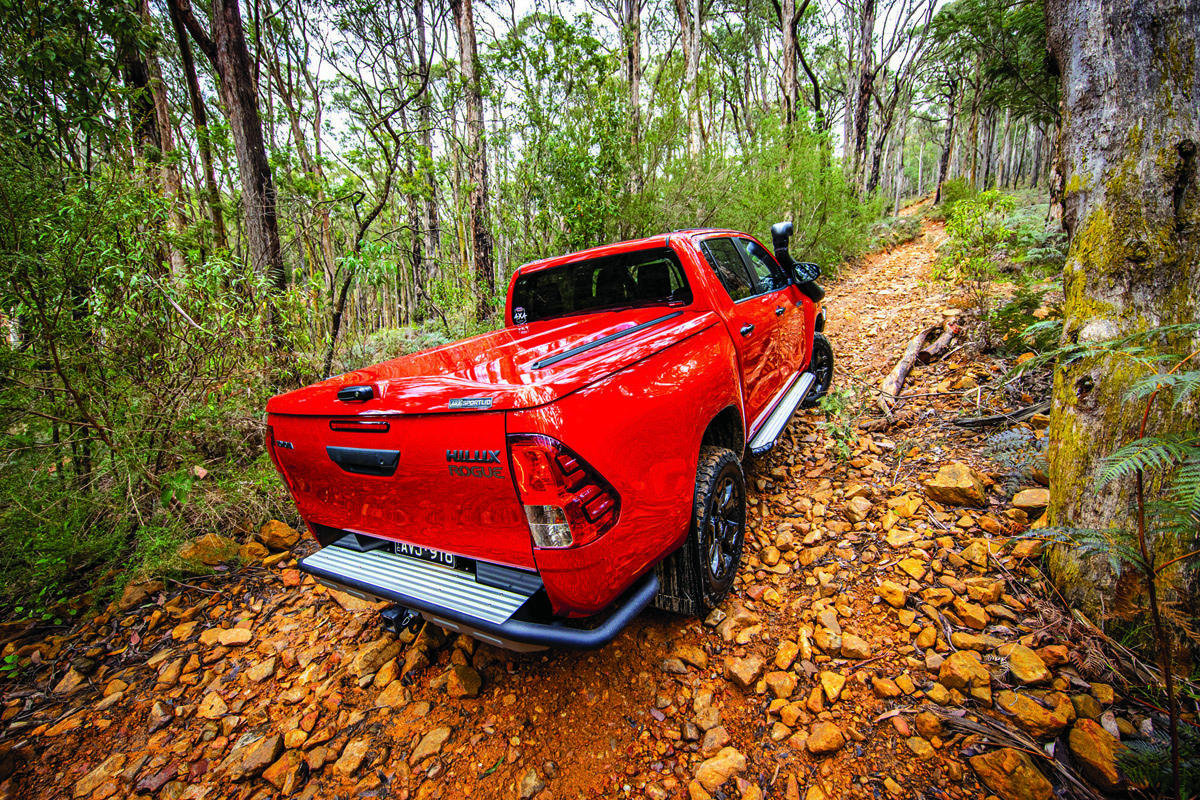
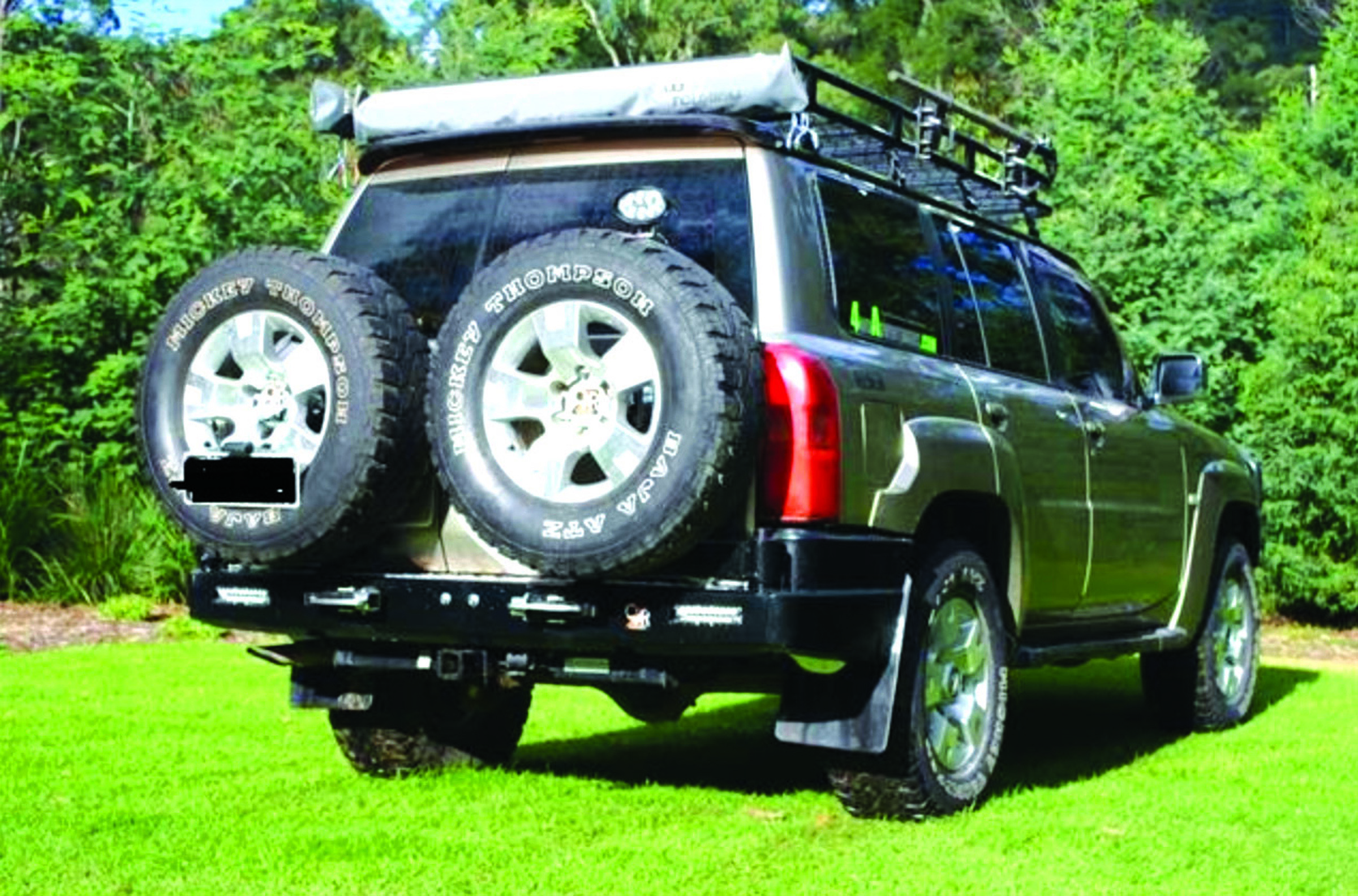
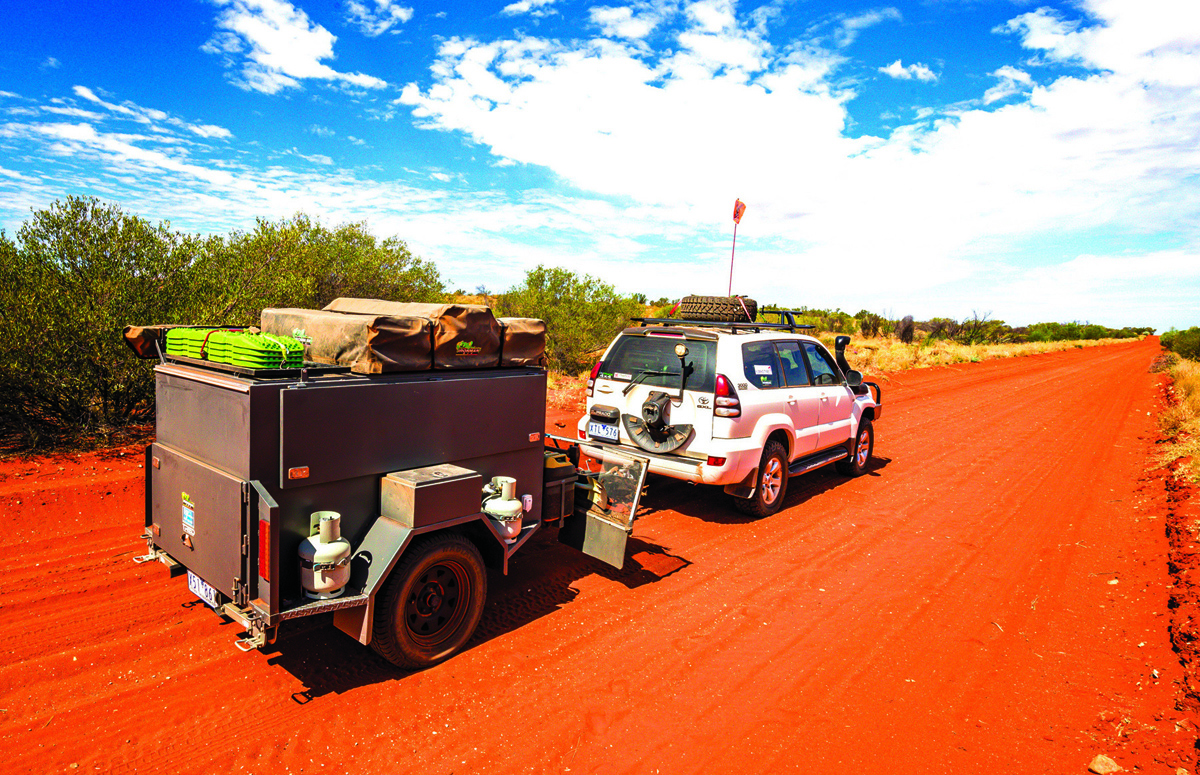


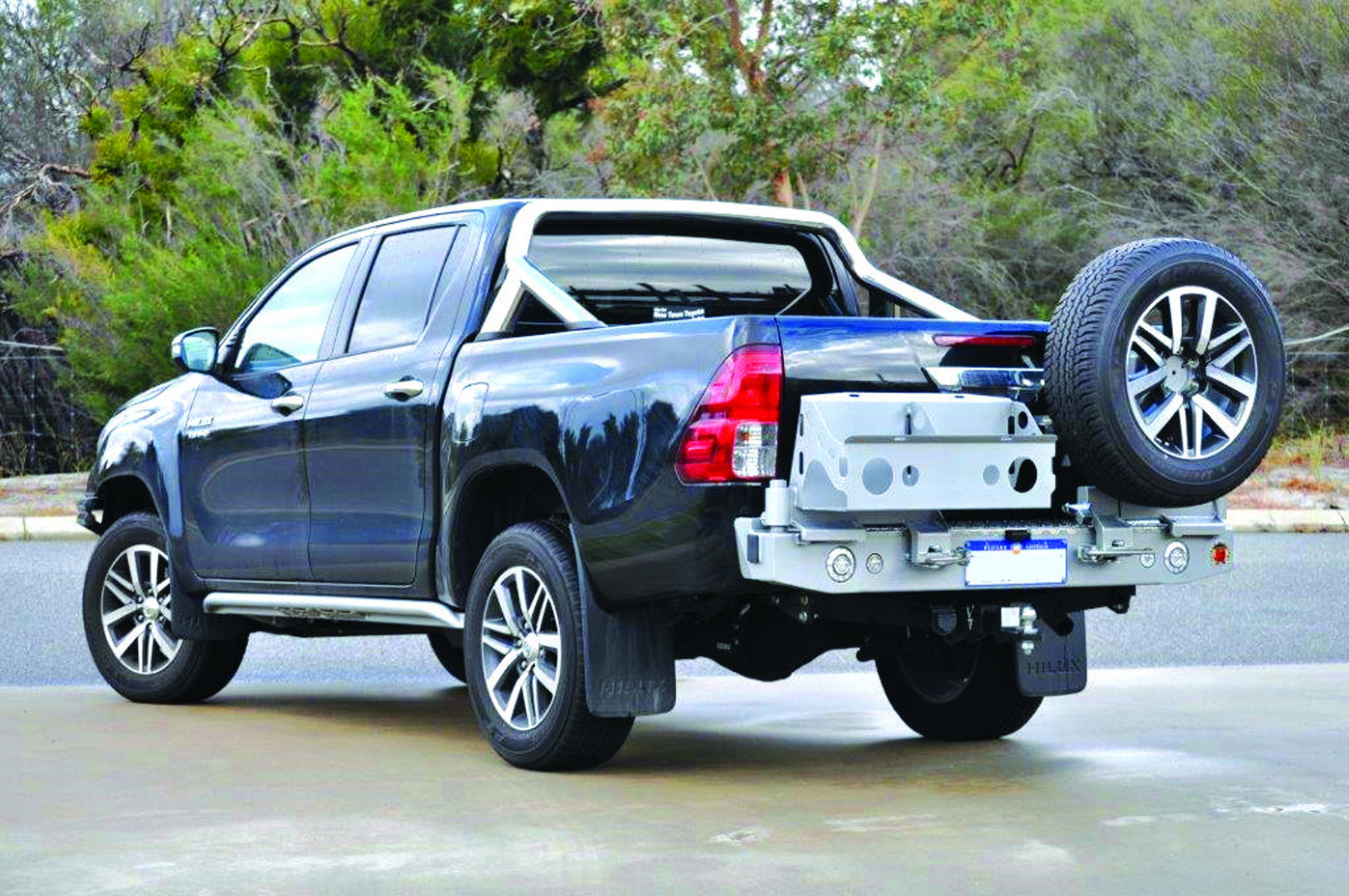
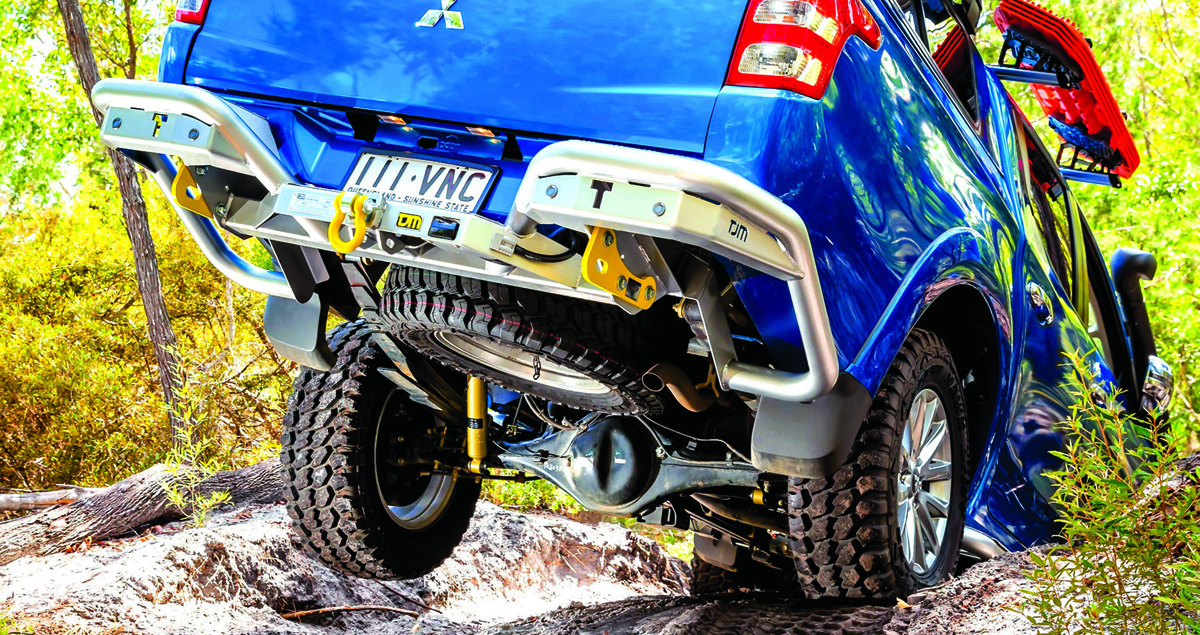
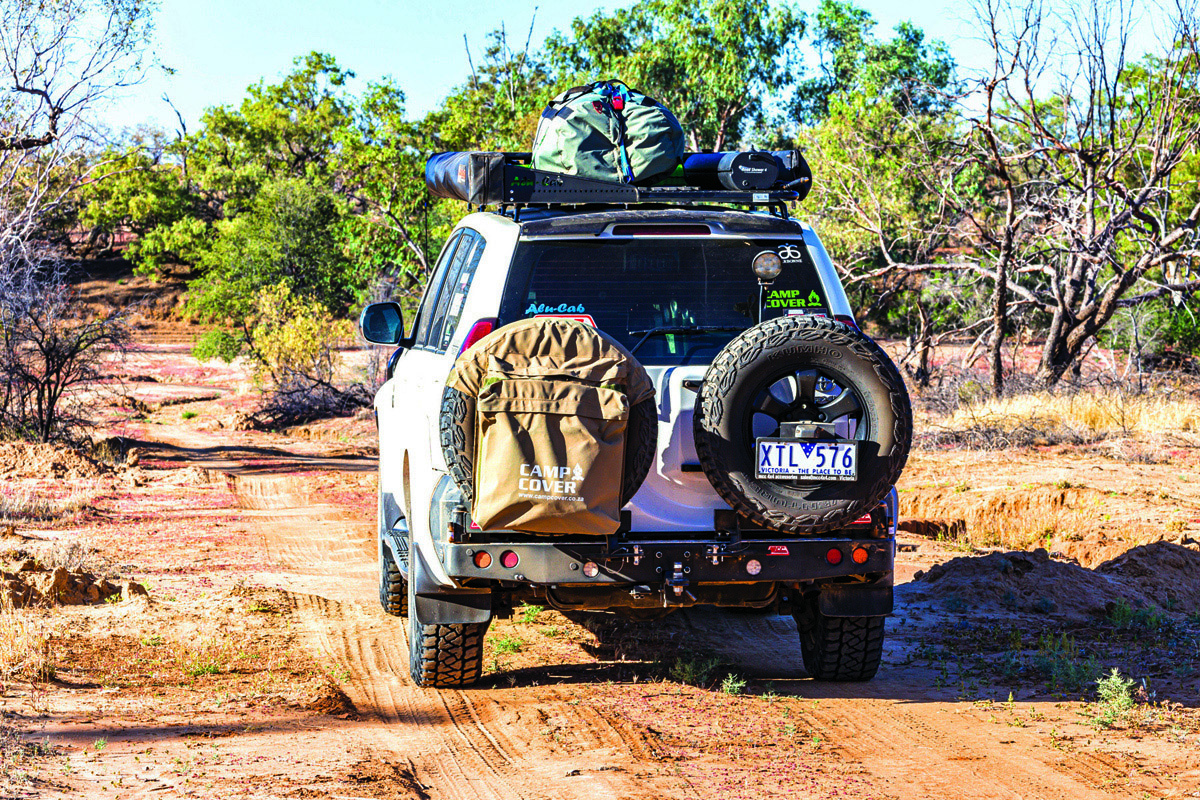
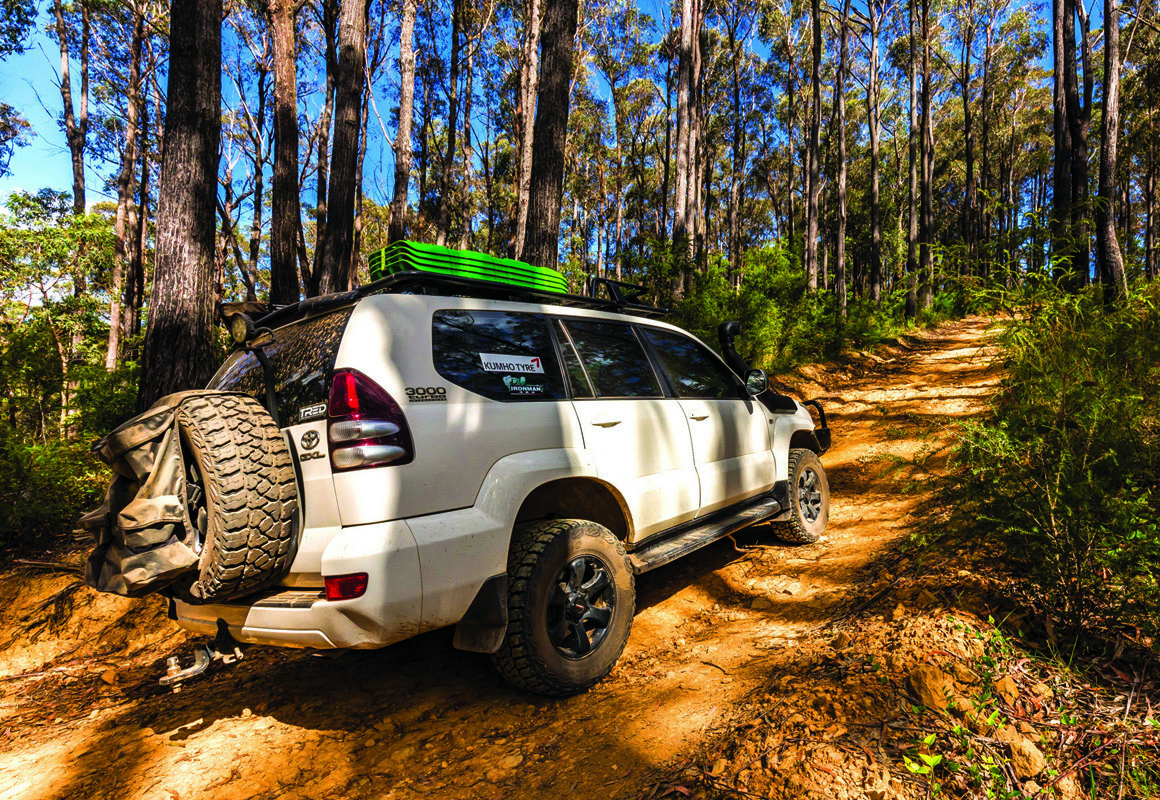






0 comments